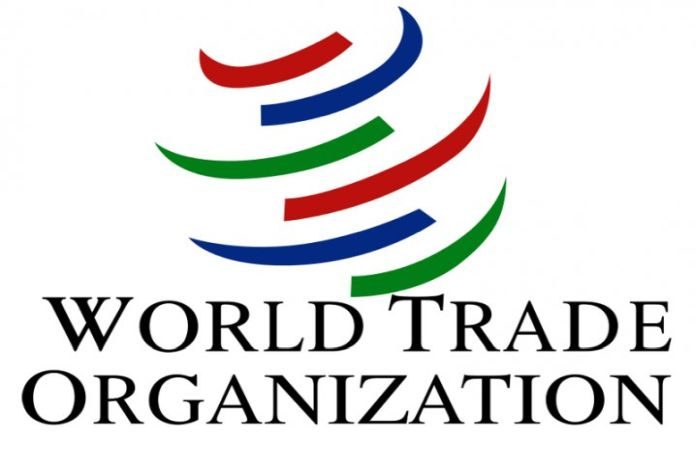By Elizabeth Morgan
GEORGETOWN, Guyana – The developed members of the World Trade Organization (WTO) were ready to launch a new round of multilateral trade negotiations at the first WTO Ministerial Conference (MC 1) held in Singapore in 1996, two years after the conclusion of the GATT Uruguay Round (UR).
This proposal met strenuous opposition from developing country members who had just begun to implement the UR Agreements. They were supported by global non-governmental organizations (NGOs). A new round of negotiations was not launched until the 2001 MC 4 in Doha, Qatar.
To secure developing countries’ support, this round was declared “a development round” in which the interests of developing countries would be at its core. It was agreed that specific development issues would be addressed such as reviewing special and differential treatment (S&DT) provisions to strengthen and make them more precise, effective and operational.
At MC4, after 15 years of arduous accession negotiations, the People’s Republic of China, a developing country, became a WTO member.
By 2004, it was evident that the Doha “Development” Round would not be concluded within the set time frame and development, as envisaged by most developing countries, was not at its core. As the market access negotiations in agriculture products and industrial and fisheries products progressed, S&DT for developing countries, especially emerging economies, such as China, India, Brazil, South Africa, and the question of differentiation/graduation became smouldering issues.
The developed countries, including the USA and the European Union (EU), felt that these emerging economies should contribute more to trade liberalization opening markets to their goods. Giving “less than full reciprocity” was not enough given these countries’ strong performance and potential in global trade. This differentiation proposal was rejected by these developing countries. Having missed an opportunity to conclude the round in 2008, progress was only made at the 2013 MC9 in Bali, Indonesia when the Agreement on Trade Facilitation (TFA) was concluded.
TFA emphasized S&DT. The Round lumbered on to the 2015 MC10 in Nairobi, Kenya. The USA broached differentiation which was again opposed by developing countries. The Round by then was in its death throes and attention was long focused on advanced bilateral and plurilateral trade negotiations outside the WTO.
The Trump differentiation proposals
Donald Trump became US president in January 2017. The Trump administration took an anti-multilateral approach and was specifically opposed to the WTO and to China now a top global trader and US competitor. At the 2017 MC 11 in Buenos Aires, the US Trade Representative (USTR), Robert Lighthizer, pointed to serious challenges at the WTO in dispute settlement, Members’ development status, and implementation of rules. He supported WTO reform.
In January 2019, the US tabled a paper at the WTO titled “An Undifferentiated WTO: Self-Declared Development Status Risks Institutional Irrelevance”. The US set out its proposals for differentiation among developing country members. These members would not avail themselves of S&DT in current and future negotiations, if they are in the Organization for Economic Cooperation and Development (OECD), in the Group of 20, classified by the World Bank as high income countries, and account for 0.5 percent and more of global merchandise trade. Among the emerging economies, only Brazil has agreed to this US proposal.
On July 26, president Trump issued a memorandum on Reforming Developing Country Status in the WTO stating that the Organization is in desperate need of reform and the USA will devote all necessary resources to changing its approach to developing-country status. The USTR is directed, as appropriate and consistent with applicable law, to secure these changes using all available means and acting in cooperation with other like-minded members. This memorandum will be implemented over 90 days. President Trump has reiterated that without reform, he will withdraw the US from the WTO.
This presidential directive should be formally before the members come September.
Submitted by Elizabeth Morgan, Specialist in International Trade Policy and International Politics
Originally published on CARICOM Today
Related: World Trade Organization members’ development status – Part 1






